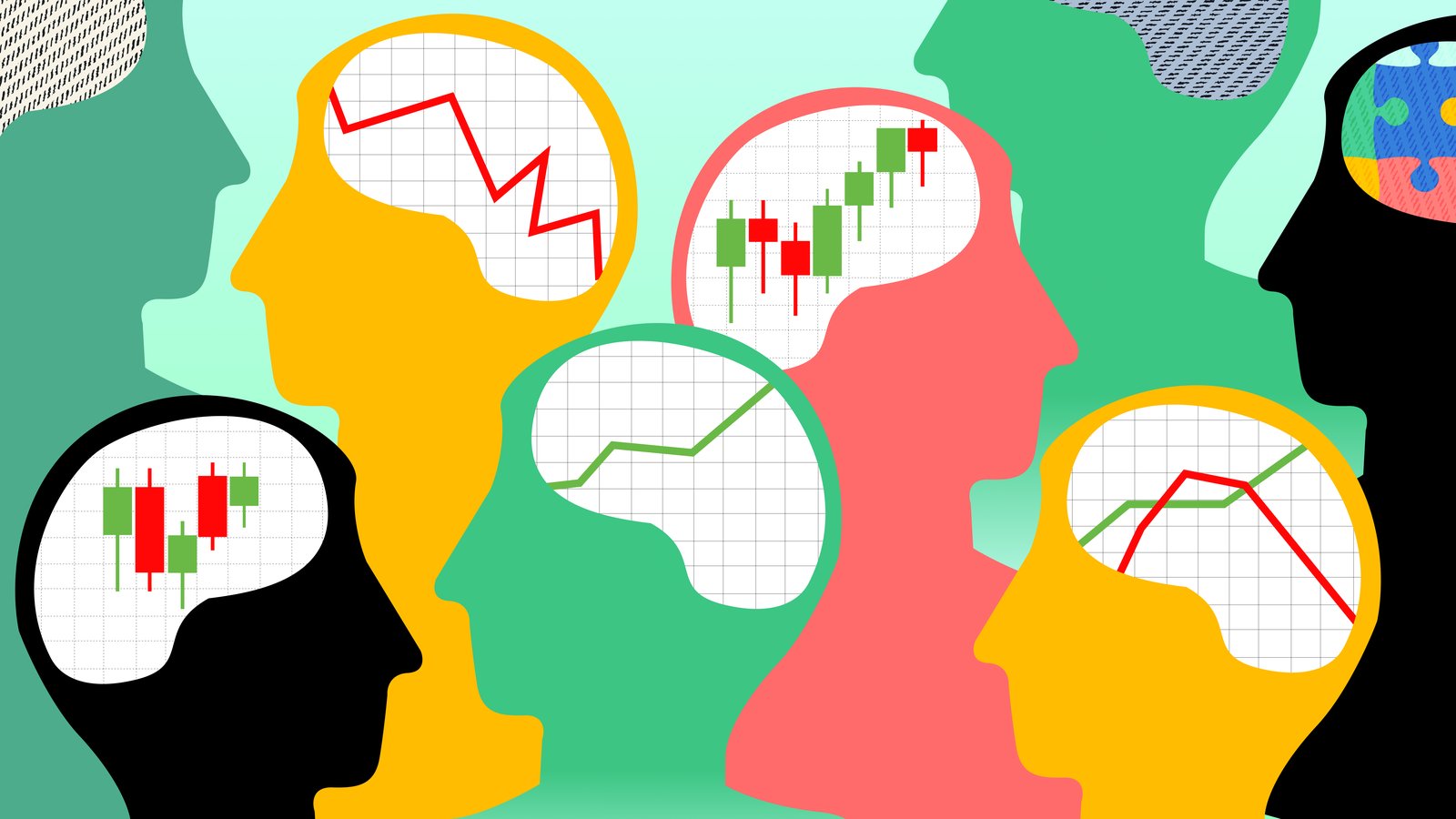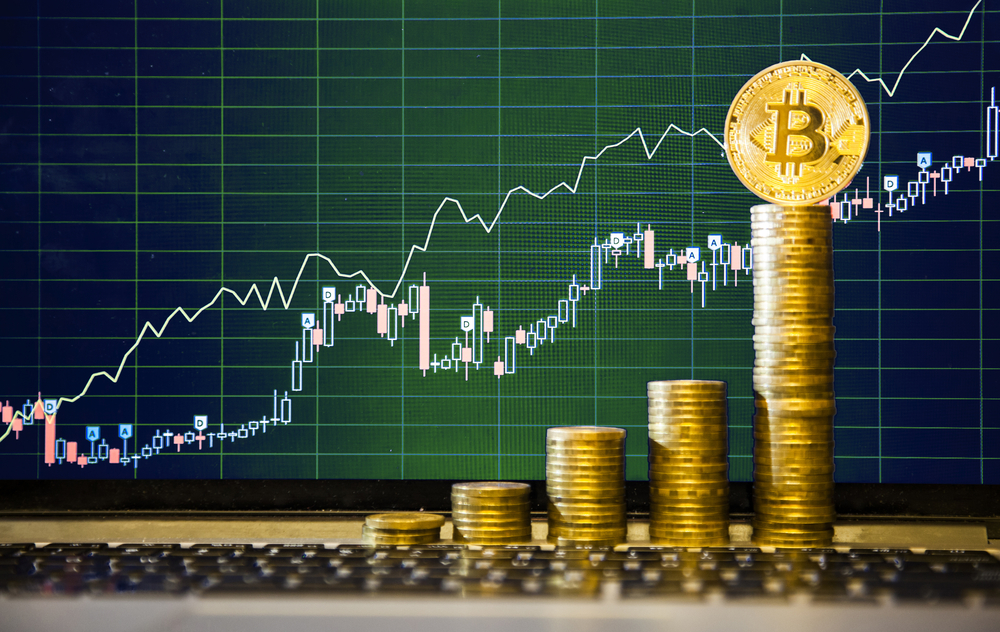The psychology of crypto trading is a fascinating area of study that often pits emotions against strategy. Let’s delve into this topic:
Emotions in Crypto Trading
Fear and Greed: Emotions like fear and greed can strongly influence trading decisions. When prices are falling rapidly, fear can drive panic selling. Conversely, during rapid price increases, greed can lead to FOMO (fear of missing out), prompting impulsive buying.
Impulse and Impatience: Crypto markets are highly volatile, leading to rapid price fluctuations. This volatility can trigger impulsive trading behaviors driven by emotions like impatience or the desire for quick profits.
Overconfidence: Successful trades can inflate one’s confidence, leading to higher risk-taking behaviors. This overconfidence can cloud judgment and lead to poor decision-making.
Loss Aversion: Traders often experience heightened sensitivity to losses compared to gains. This can result in reluctance to cut losses, leading to holding losing positions longer than advisable.
The Role of Strategy
Risk Management: A sound trading strategy emphasizes risk management. This includes setting stop-loss orders and defining the acceptable percentage of capital to risk per trade.
Technical Analysis: Traders use technical indicators and chart patterns to make informed decisions based on market trends, price movements, and volume.
Fundamental Analysis: Understanding the underlying technology and market dynamics of specific cryptocurrencies can guide long-term investment decisions.
Discipline and Patience: A successful trading strategy requires discipline and patience to stick to predefined rules, avoid emotional trading, and wait for favorable setups.
Balancing Emotions and Strategy
Self-Awareness: Recognize your emotional triggers and biases. Being aware of emotions like fear and greed can help you control impulsive actions.
Rule-Based Trading: Develop and follow a well-defined trading plan. This plan should incorporate risk management strategies and clearly defined entry and exit points.
Emotional Detachment: Aim to detach emotionally from trades. Avoid making decisions based solely on fear, excitement, or anxiety.
Continuous Learning: Stay informed about market trends, technical analysis, and new developments in the crypto space. Knowledge can build confidence and reduce emotional responses.
Conclusion
The psychology of crypto trading involves a constant battle between emotions and strategy. While emotions can drive irrational behavior and impulsive decisions, a solid trading strategy based on risk management, technical and fundamental analysis, discipline, and continuous learning can mitigate these risks. Successful traders often strike a balance between acknowledging emotions and adhering to a well-defined trading plan.












+ There are no comments
Add yours